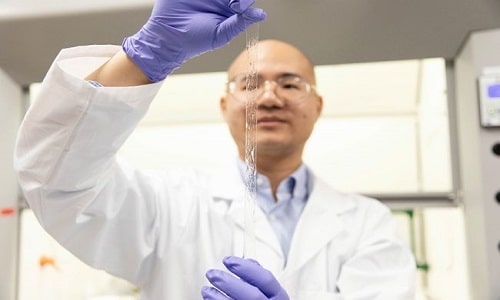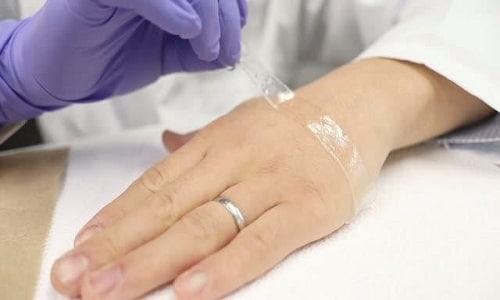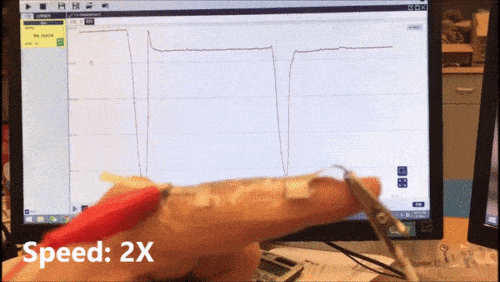Made of a water-retentive polymer, this sensor promises to be highly beneficial for designing smart wearables, state-of-the-art medical devices and even flexible robots.

In recent times, a lot of research has gone into developing flexible electronics and self-healing electronics material for creating smart wearables.
Adding to that list now is a newly-developed, self-powering sensor that is highly stretchable, transparent and sensitive to complex human skin responses, thus making it perfect for designing cutting-edge wearables.
Dubbed as artificial ionic skin or AISkin and developed by a team of researchers from the University of Toronto, it is believed that besides being useful for designing wearables, this innovation would also lead to advanced medical techniques and robotics.
Made out of flexible polymer
Firstly, a layer consisting of positive and negative ions was created on the surface of a material called hydrogel. A hydrogel is a thin, flexible material that consists of several polymer chains, cross-linked to each other. This further led to the creation of a sensing junction (just like in a diode) for electron flow.
Then, a soft, adhesive gel was coated on the surface of the hydrogel, which enabled it to stick onto the human skin, like a band-aid and stay intact during physical activity, such as bending.

When the AISkin was subjected to changes in strain, humidity or body temperature, it generated electrical signals, from which data was obtained regarding tissue movement, muscle actions, blood flow and so on.
“Since it’s a hydrogel, it’s inexpensive and biocompatible — you can put it on the skin without any toxic effects. It’s also very adhesive, and it doesn’t fall off, so there are so many avenues for this material,” said Professor Xinyu Liu, whose lab is focused on the emerging areas of ionic skin and soft robotics.
“If you look at human skin, how we sense heat or pressure, our neural cells transmit information through ions — it’s really not so different from our artificial skin,” says Liu.
Ability to measure various parameters
With the help of the AISkin, wearables like Fitbits could become more “skin-like” without restricting the natural movement of a human body. “It could work for athletes looking to measure the rigour of their training, or it could be a wearable touchpad to play games,” says Liu.
He further adds, “If you were to put this material on a glove of a patient rehabilitating their hand for example, the health care workers would be able to monitor their finger-bending movements.”

“Our human skin can stretch about 50 per cent, but AISkin can stretch up to 400 per cent of its length without breaking,” says Binbin Ying, a visiting PhD candidate from McGill University who’s leading the project in Liu’s lab.
Another application is in soft robotics — flexible bots made completely of polymers. The researchers anticipate the AISkin will be integrated into soft robots for acquiring data regarding temperature, pressure or handling of fragile objects. An example is soft robotic grippers that can be used in factories to handle delicate objects, such as light bulbs or food.
Further improvements
Professor Liu and his team plan to enhance the AISkin by shrinking its sensor size through microfabrication. They also intend to add bio-sensing capabilities to the material, thus allowing it to measure biomolecules in body fluids such as sweat.
“If we further advance this research, this could be something we put on like a ‘smart bandage,’” says Liu. “Wound healing requires breathability, moisture balance – ionic skin feels like the natural next step.”







